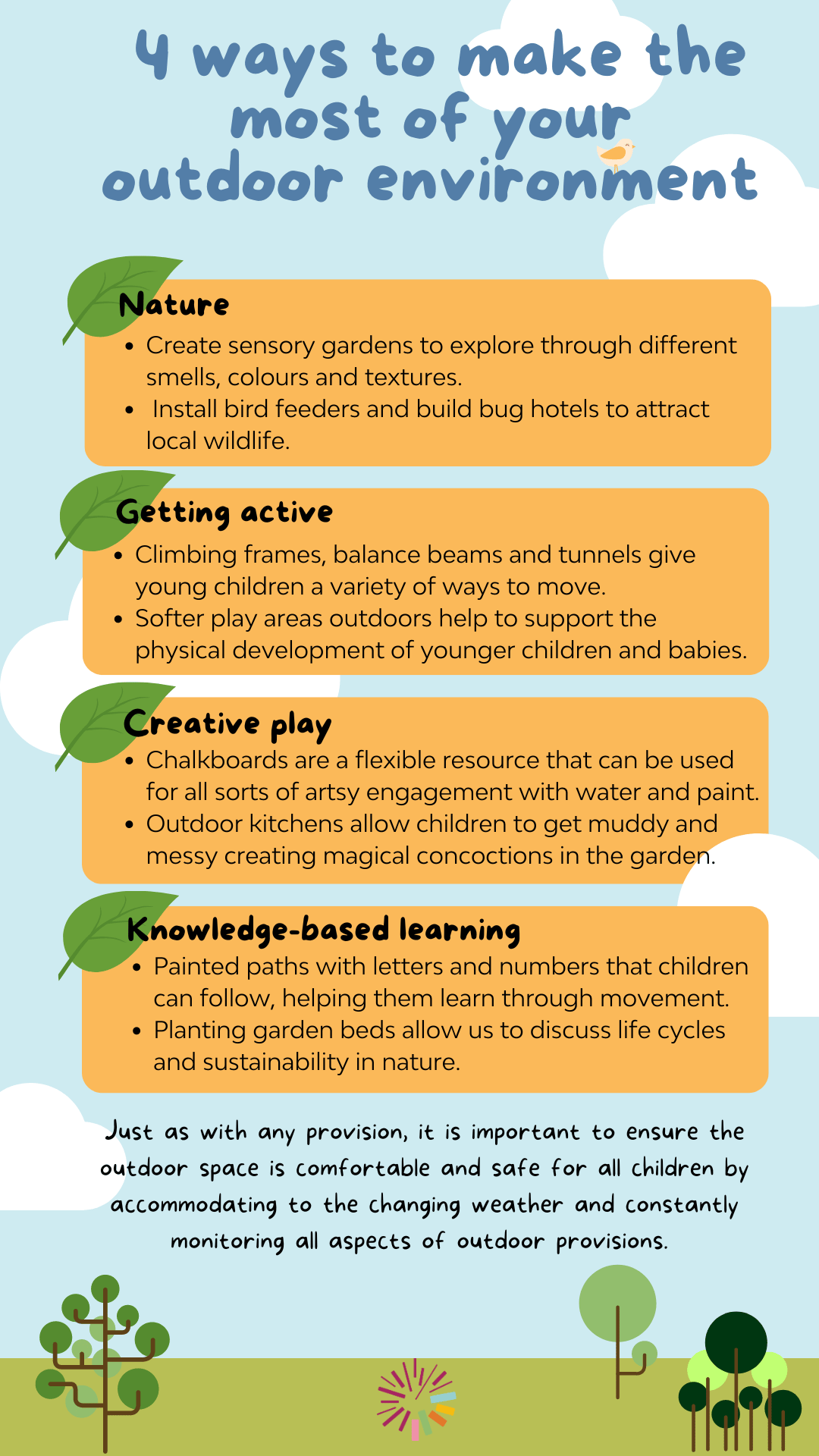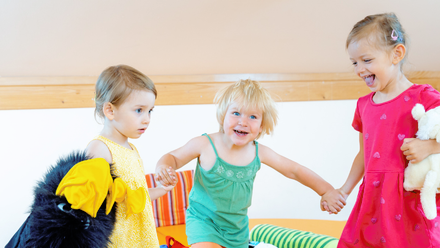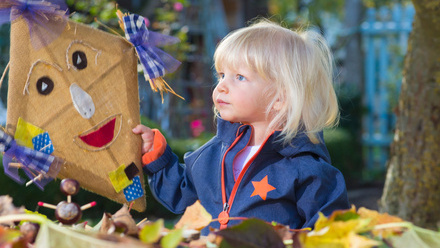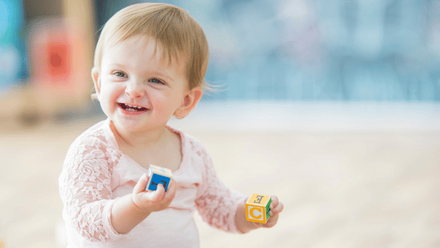4 ways to make the most of your outdoor environment
Listen to this article on the go.
Outdoor areas play a significant part in early education and care provisions, giving children the opportunity to engage with a dynamic environment of changing weathers and states, exploration in the natural world and a breath of fresh air! We know that outdoor learning opportunities are an important part of well-rounded child development, providing unique opportunities for physical development and strong connections to our wellbeing.
Have a look at some of the ways to think about enhancing your outdoor spaces for children’s desire to discover.
Areas for…nature
The outdoor space is a magical lively place to be! Use some of your outdoor opportunities to get up close with nature.
- Sensory gardens can be made simply by planting a variety of flowers and herbs that tickle the senses through different smells, colours and textures.
- Minibeast hunts: Install bird feeders, build bug hotels and make some bug-friendly treats to attract local wildlife, allowing children to observe the living world around them.
Ways to… get active
Set up areas that encourage physical development and active play. Consider incorporating:
- Climbing structures: Low height climbing frames, balance beams and tunnels give young children a variety of ways to move and strengthen gross motor skills during garden time.
- Softer play outside: Sections of the outdoor space with padded mats or grass for safe tumbling, crawling and rolling can help to support the physical development of children who are less confident on their feet.
Creative Play Stations
Foster creativity and imaginative play outside too with special opportunities for imaginative play:
- Outdoor art: chalkboards are a flexible resource that can be used for all sorts of artsy engagement. Use water and paintbrushes for quick-drying paint stations, or traditional chalk to create a dynamic outdoor canvas.
- Mud kitchens: outdoor kitchens equipped with pots, pans and utensils allow children to get muddy and messy creating all sorts of concoctions in the garden. Use some of those sensory herbs and create a magical potion or bake a delicious birthday cake with grass and mud, the possibilities are endless.
Using… knowledge-based learning outdoors
Incorporate early numeracy and literacy elements into the outdoor environment to support learning through play on a larger scale:
- Alphabet and Number Paths: Painted paths with letters and numbers that children can follow, helping them learn through movement.
- Nature-Based Learning: Planting garden beds where children can care for growing life provides a key chance to talk about life cycles and sustainability in our wider community.
Just as with any provision, it is important to ensure the outdoor space is comfortable and safe for all children by accommodating to the changing weather and constantly monitoring all aspects of outdoor provisions.
- Ensure a member of staff is responsible for checking the garden area before and after each session. Check gates are secure, children are counted in and out of the space, and all resources are safe. This might include checking for foreign objects in the area or inspecting resources for broken items.







